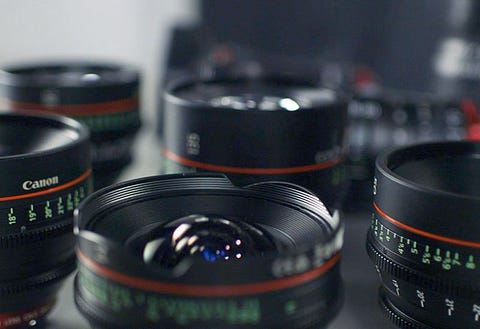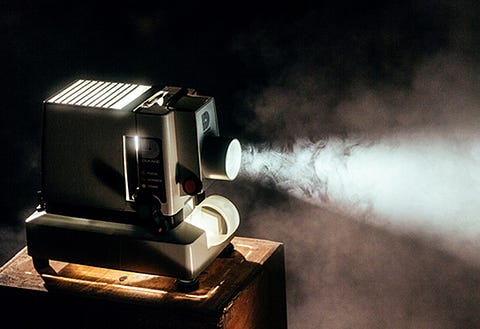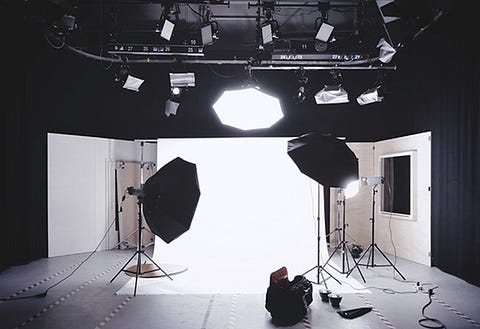
Action is an extremely popular genre in films. Whether we talk Indian or International, we all have grown up on Jackie Chan’s quick action, Sunny Deol’s power punches, and some thrilling action by the superheroes. But it takes a lot of elements for a great action scene to come together. From the screenwriters to the director, to stunt artists, choreographers, sound designers, and the editor, everyone plays an important role in designing a whistle worthy action scene. An editor, in particular, can elevate a good action scene to an excellent one with his skills. Here are some techniques that every editor must bear in mind when editing action scenes:
1. Action and ReactionAs the famous saying goes, every action has an equal and opposite reaction, action scenes need to be shown as a perfect balance of action and its reaction. For instance, a guy hitting a punch with a lot of power will remain incomplete if the audience cannot see its impact on the receiver’s face. It’s especially important to keep bringing your attention to the human reaction of an action scene to make it look more believable. Your action sequence can be as surreal as you want, but it’s the human reaction to it that makes the audience connect to the same. The expression of pain in a fighting sequence, or anxiety during a car chase, or anger during intense combat, are all examples of how one needs to keep a balance between action and reaction and make it
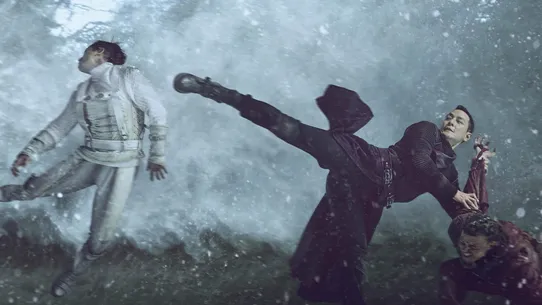
2. Cut Frames
Action scenes are almost synonymous with energy so high that it should not just be seen but felt by the audience. High-power and fast pace are usually associated with action scenes to bring out the desired kinetic, but editors can make the energy look more prominent by cutting the movement at the right point. For instance, turning and screeching of the wheels on edge, cut, when a fist raises to release a punch, cut, when that punch hits the opponent’s face, cut, by cutting such high drama frames, an editor can bring in a sense of rhythm to action and make it look even more impactful.
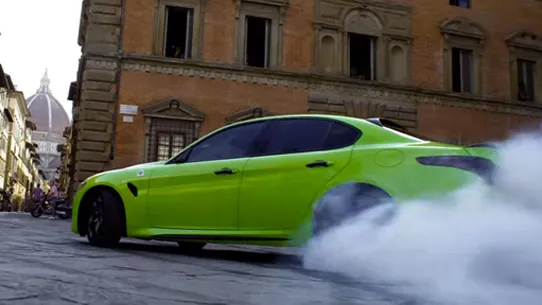
3. Maintain Clarity of Objective and Geography
The editors must always bear in mind that an action sequence is always a part of the larger story, and it should not look like a scene shot in isolation. The action sequence should merge well with the overall storyline and thus the objective of why action is needed must be set clearly. Why two people get in a brawl, or is it an attack by the enemy, or is the actor saving someone from an assault, why is the hero running away from the villains in a car chase, what information is he carrying, whatever may be the case the objective of the action must always be clear. Similarly, the initial few shots must tell the audience about the geography of the place where the action is going to take place. A boxing rink, a worn-out shed, a slick road, your backdrop for the action could be anything, even a wonderland for that matter, but just a few frames before the actual sequence starts, the audience should be able to understand both the geography and objective of the action that is about to take place.
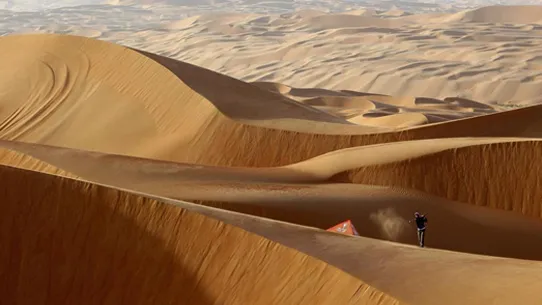
4. Sound Design
We all have grown up on the sounds of ‘dishoom’ and to date, it is synonymous with action. Without an impactful sound, the action is almost incomplete. With the technology available today apart from the traditional sound of the punches, a lot more realistic sounds of the impact and the background can be added too, which give the audience the sense of the location and feels as if it was recorded live. It’s imperative that the editor spends a lot of time with the sound designer in understanding these sounds and make them as real and relatable as possible. Because of appropriate sounds, an action scene looks much more dynamic and thrilling, and a good background sound can really elevate the authenticity of an action sequence.
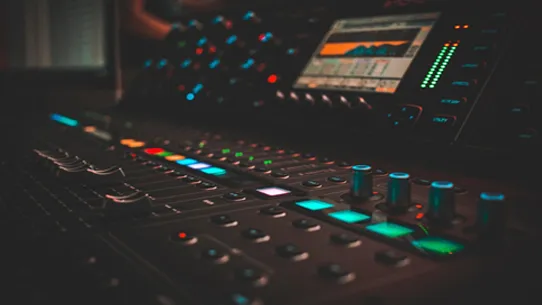
Reference Links:
www.nfi.edu/foley-artist
www.sound-ideas.com/Page/what-is-foley
www.studiobinder.com/blog/what-is-a-foley-artist
www.nfi.edu/foley-artist
www.sound-ideas.com/Page/what-is-foley
www.studiobinder.com/blog/what-is-a-foley-artist
.webp)
